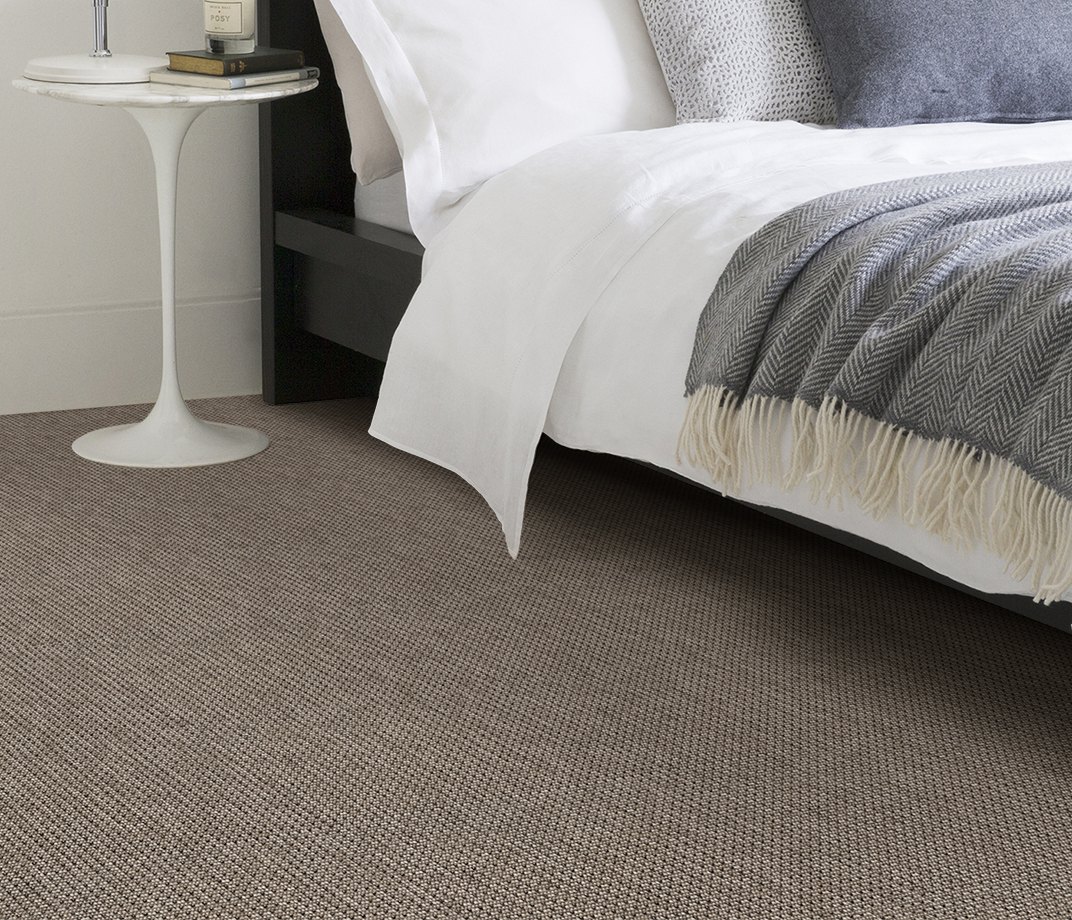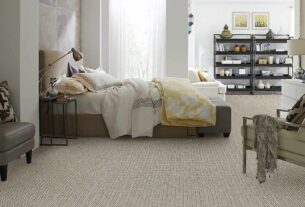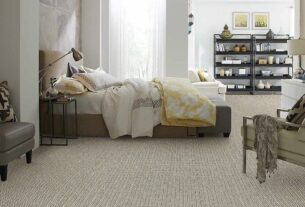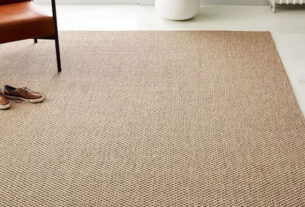In today’s eco-conscious world, homeowners are becoming increasingly aware of the environmental impact of their purchasing decisions, especially when it comes to home design. One area of home decor that often gets overlooked is flooring, yet it plays a significant role in both comfort and sustainability. Wall-to-wall Carpets Dubai are making a resurgence, but with a twist—they are now available in eco-friendly options that offer both style and a reduced environmental footprint. In this blog, we will explore the environmental benefits of wall-to-wall carpets and the sustainable options available to help you make a greener choice for your home.
Sustainable Materials: A Greener Carpet Option
One of the most significant environmental benefits of modern wall-to-wall carpets is that many are now made from sustainable materials. Traditionally, carpets were made from synthetic fibers like nylon, polyester, and polypropylene, which are derived from petroleum-based products. These materials are not biodegradable and can take years to decompose, adding to landfill waste when carpets are disposed of.
However, eco-conscious manufacturers are now producing wall-to-wall carpets using natural, renewable fibers that are biodegradable. Some popular eco-friendly carpet materials include:
- Wool: Wool is a natural, renewable resource that’s durable, biodegradable, and naturally resistant to dirt and stains. It’s a great option for homeowners looking for a sustainable yet luxurious carpet material. Wool carpets also have excellent thermal insulation properties, helping to keep your home warm during colder months, reducing energy consumption.
- Bamboo: Bamboo is a rapidly renewable resource that requires very little water and pesticides to grow. Bamboo fibers are used in some eco-friendly carpets, offering a stylish and sustainable alternative to synthetic fibers. Bamboo carpets are naturally resistant to mold and mildew, making them ideal for homes with higher humidity levels.
- Recycled Materials: Another great eco-friendly option is carpets made from recycled materials, such as recycled polyester or PET (polyethylene terephthalate). These materials are derived from post-consumer waste like plastic bottles, making them an excellent choice for reducing plastic waste. By reusing existing materials, these carpets help divert waste from landfills and reduce the need for virgin resources.
Low-VOC and Non-Toxic Options for Healthier Homes
Many traditional carpets are treated with harmful chemicals, including volatile organic compounds (VOCs), which can be released into the air over time. VOCs can contribute to indoor air pollution and may cause respiratory problems, headaches, and other health issues. The good news is that eco-friendly wall-to-wall carpets are now being manufactured with low-VOC or non-toxic materials, making them a healthier choice for your home.
Look for carpets that have been certified by reputable organizations like Green Label Plus or Cradle to Cradle, which ensure that the materials used are safe for indoor air quality. These certifications indicate that the carpet is free from harmful chemicals and has been rigorously tested for safety. By choosing low-VOC or non-toxic carpets, you not only improve the air quality in your home but also reduce your exposure to harmful substances.
Durability and Longevity: A Sustainable Investment
One of the most sustainable aspects of wall-to-wall carpets is their durability. High-quality carpets are designed to last for many years, meaning you won’t have to replace them frequently. By investing in a durable carpet, you help reduce the demand for new materials and decrease the amount of waste generated by carpet disposal.
Moreover, some carpet manufacturers offer lifetime warranties or extended warranties for their products, further guaranteeing that your carpet will stand the test of time. Durable carpets are less likely to show signs of wear and tear, so they maintain their aesthetic appeal and functionality longer.
Another benefit of long-lasting carpets is that they can be recycled at the end of their life. Many carpet manufacturers have recycling programs in place that allow homeowners to return their old carpets, which are then repurposed into new products, thus reducing waste and the need for new raw materials. This circular approach to carpet disposal helps conserve natural resources and minimizes landfill waste.
Energy Efficiency Benefits
In addition to their material benefits, wall-to-wall carpets also contribute to energy efficiency in your home. Carpets act as natural insulators, helping to retain heat in the winter and keeping your home cooler in the summer. This insulation effect can reduce your reliance on heating and cooling systems, ultimately lowering your energy consumption and carbon footprint.
By reducing the need for air conditioning or heating, wall-to-wall carpets help lower energy bills and contribute to a more sustainable living environment. Some studies suggest that carpets can help lower energy usage by as much as 10-12%, particularly in homes with older insulation. The more effective the carpet at insulating your home, the less energy you will need to maintain a comfortable indoor temperature.
Recyclable and Biodegradable Options
When it comes time to replace your carpet, it’s essential to consider its end-of-life options. Fortunately, many modern wall-to-wall carpets are made from recyclable or biodegradable materials, making them easier to dispose of in an environmentally friendly manner.
Some carpets are made from fibers that can be recycled into new products. For instance, carpets made from recycled polyester or nylon can be reused to create new carpet fibers or other textile products. Carpet recycling programs are becoming more widespread, allowing homeowners to send their old carpets back to manufacturers for recycling.
Alternatively, carpets made from natural fibers, like wool, are biodegradable, meaning they break down naturally over time. This is a far more sustainable option compared to synthetic carpets, which can take hundreds of years to decompose.
Reducing the Carbon Footprint of Carpet Manufacturing
Eco-friendly wall-to-wall carpets are not only better for the environment in terms of the materials used, but also in the manufacturing process. Many carpet manufacturers have made significant strides in reducing their carbon footprint by adopting sustainable production practices. This can include using renewable energy sources, reducing water consumption, and minimizing waste during production.
Additionally, some manufacturers focus on reducing their overall carbon footprint by supporting initiatives like carbon offset programs and sustainable sourcing. By purchasing carpets from companies that prioritize sustainability, you can further reduce your home’s overall environmental impact.
Conclusion
Wall-to-wall carpets can be an environmentally responsible choice for your home when you opt for sustainable materials, low-VOC options, and long-lasting designs. With eco-friendly materials like wool, bamboo, and recycled fibers, you can create a comfortable and stylish living space while also minimizing your impact on the environment. The durability and recyclability of modern carpets ensure that they remain a smart long-term investment, helping to reduce waste and conserve natural resources. By choosing a sustainable Wall to wall carpets Dubai, you are not only enhancing the aesthetic and comfort of your home but also contributing to a greener and healthier planet.





